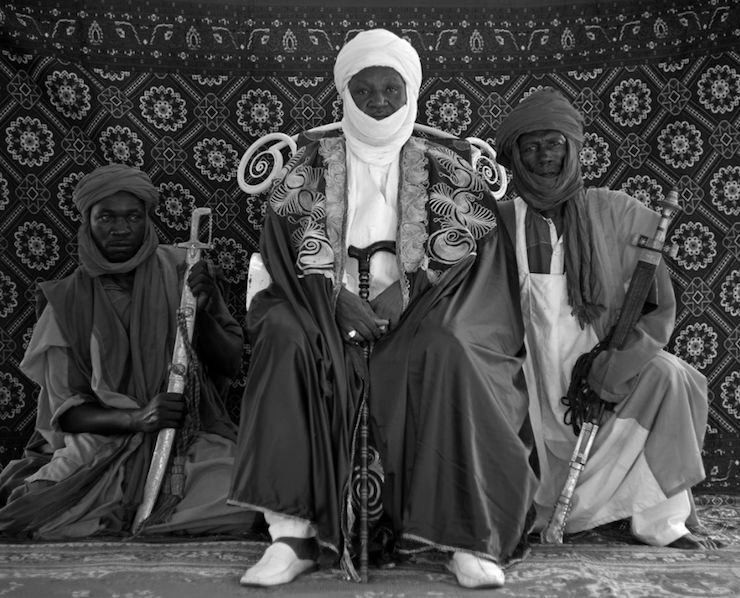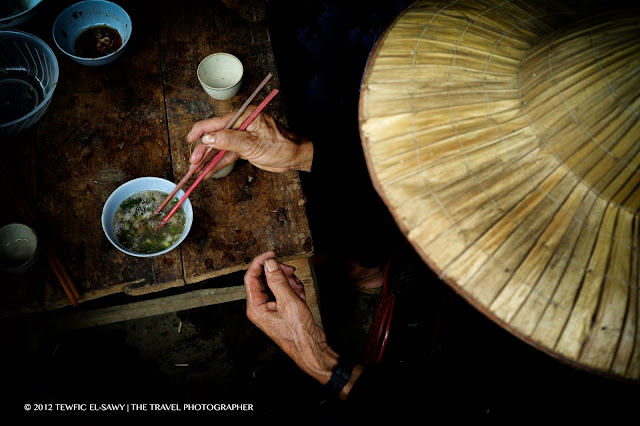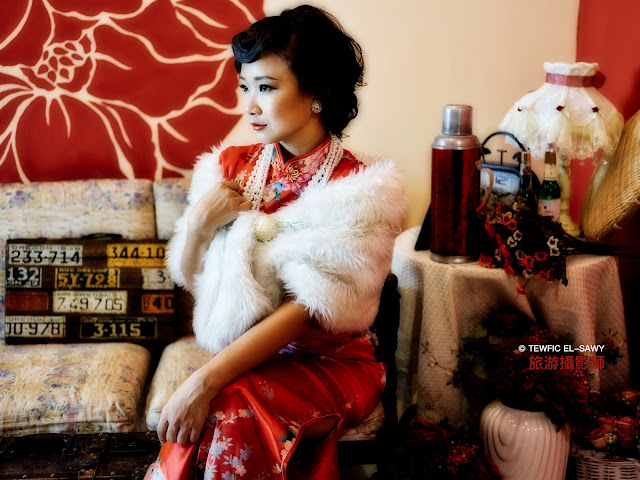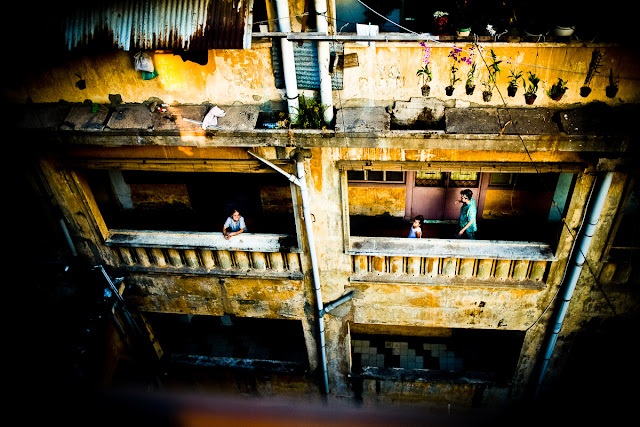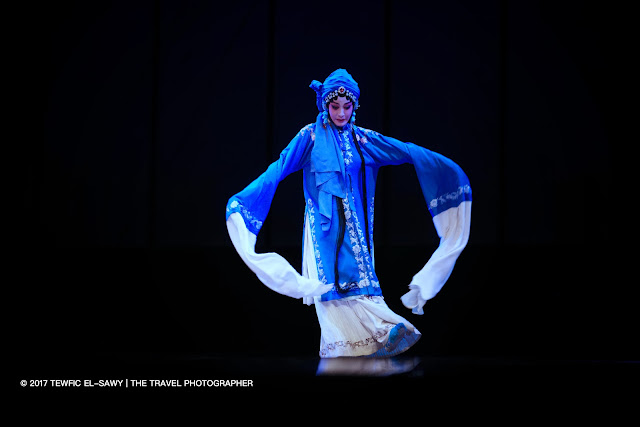Beyond The Frame | The ��n Nh? Player | Fuji X-T1
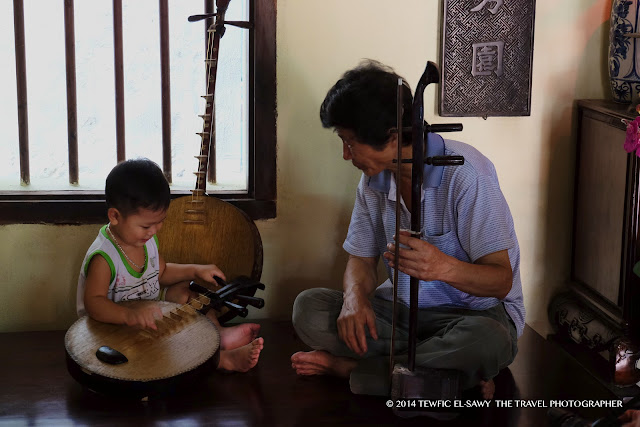
Photo � Tewfic El-Sawy | All Rights Reserved I thought I'd feature an audio file as well as an image for this post of Beyond The Frame; both which were produced during my The People of Tay Bac Photo Expedition-Workshop in September 2014; a trip which planted the seed for my two years book project H?u �?ng: The Spirit Mediums of Vietnam (now on Amazon). Th? H� village is about 40 kilometers from Hanoi, and is reachable across the narrow Cau River which we crossed on a rusty ferry. The village is known for making rice paper and banh da (rice crackers); its two main exports since 1990. We passed a a row of old houses, and met Vi?t in one of the courtyards. He welcomed us into his house, offering us rice wine in small goblets. Seeing a collection of traditional instruments on his living room's walls, I asked if he played them...and he said yes. Being encouraged to play, he grabbed one of the stringed instruments and started singing a number of traditional Vietnamese songs,
